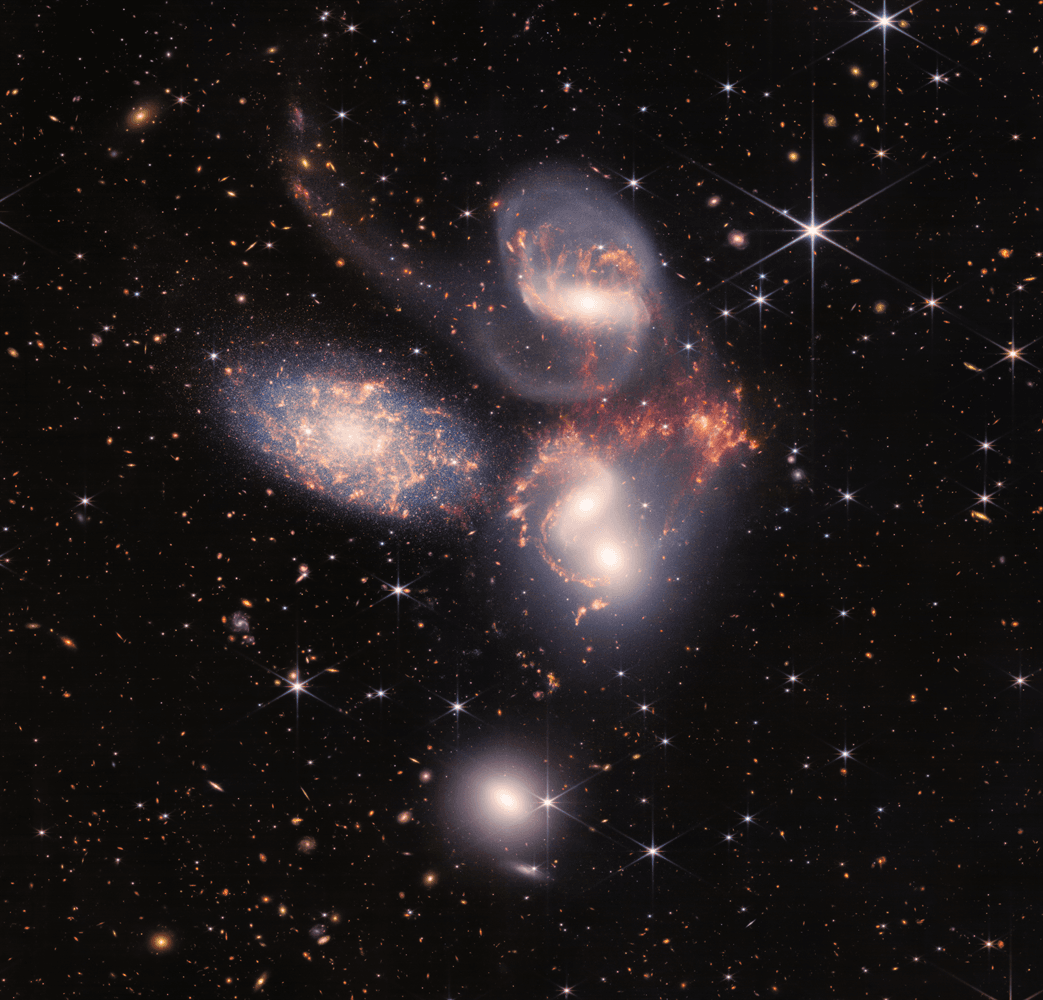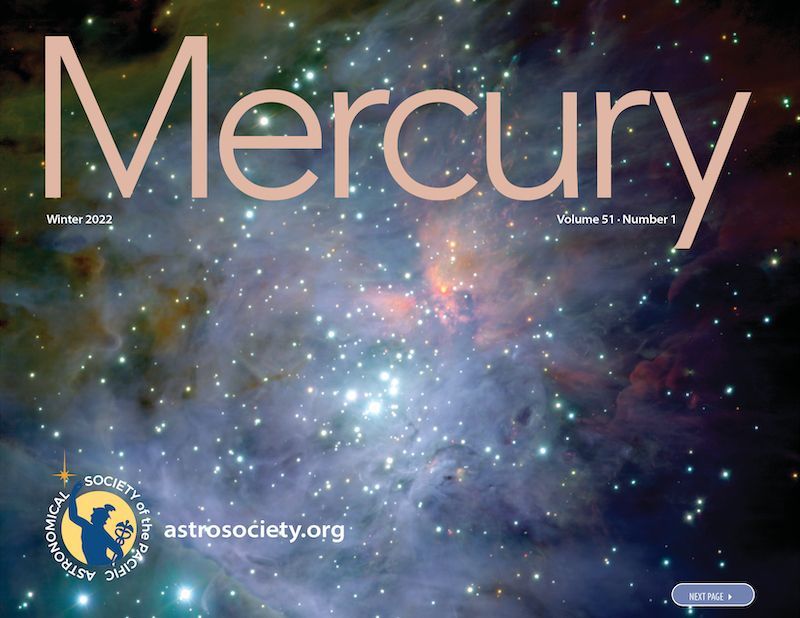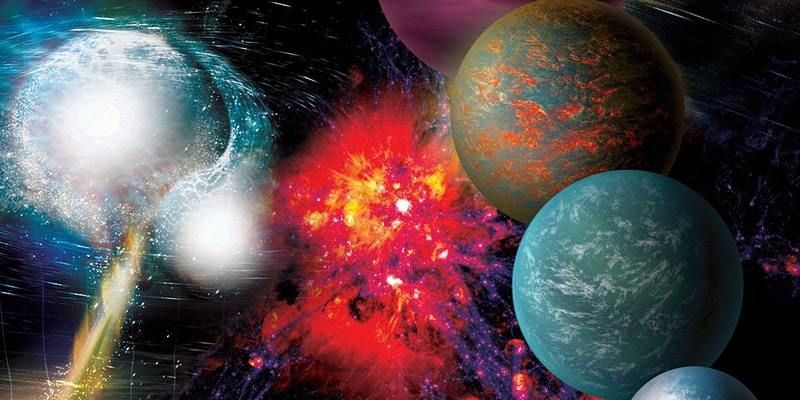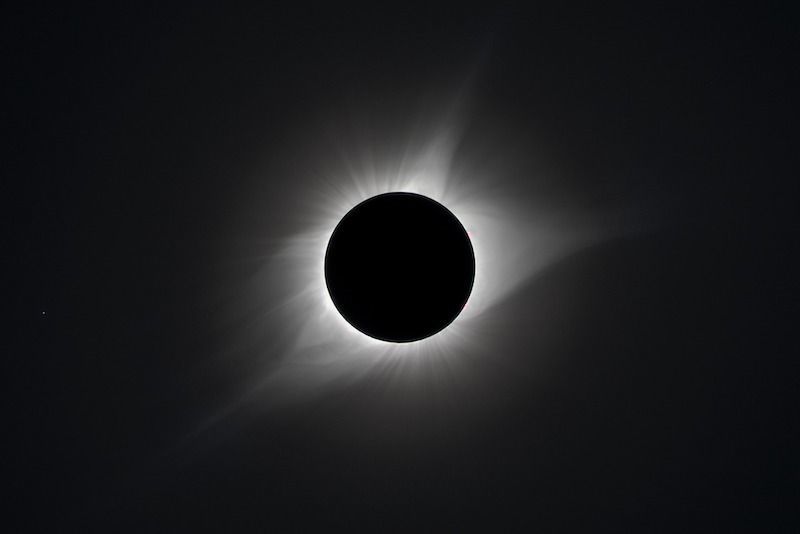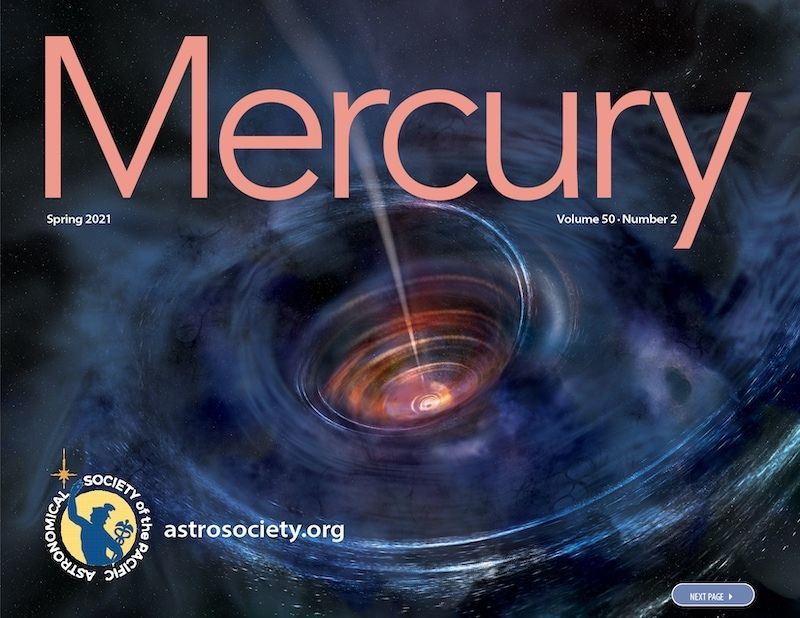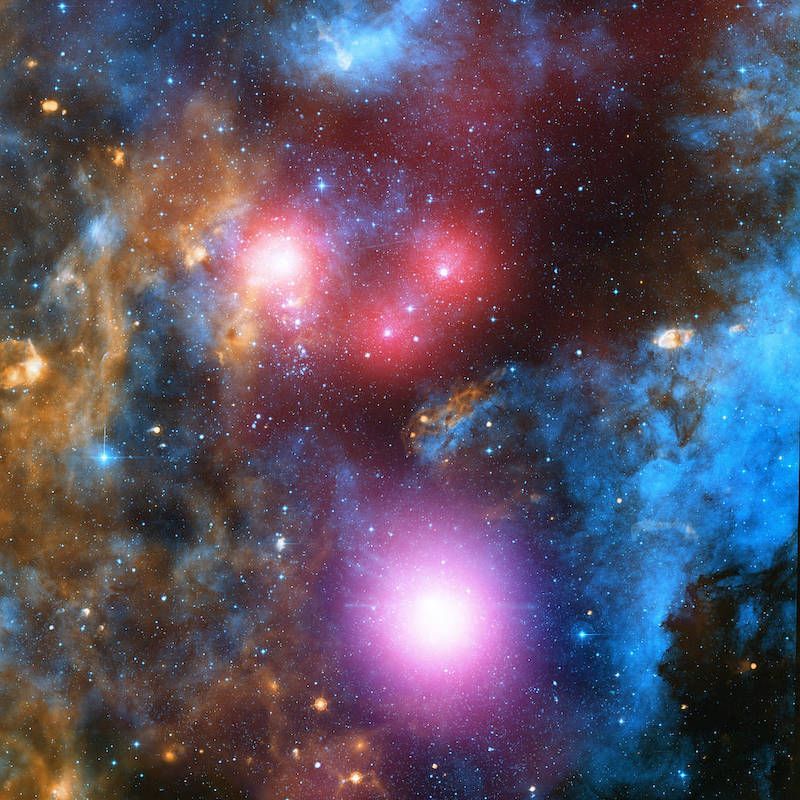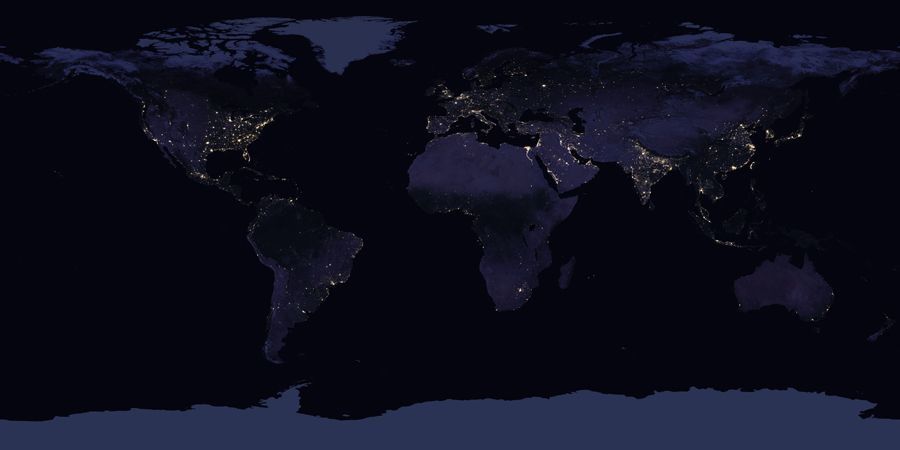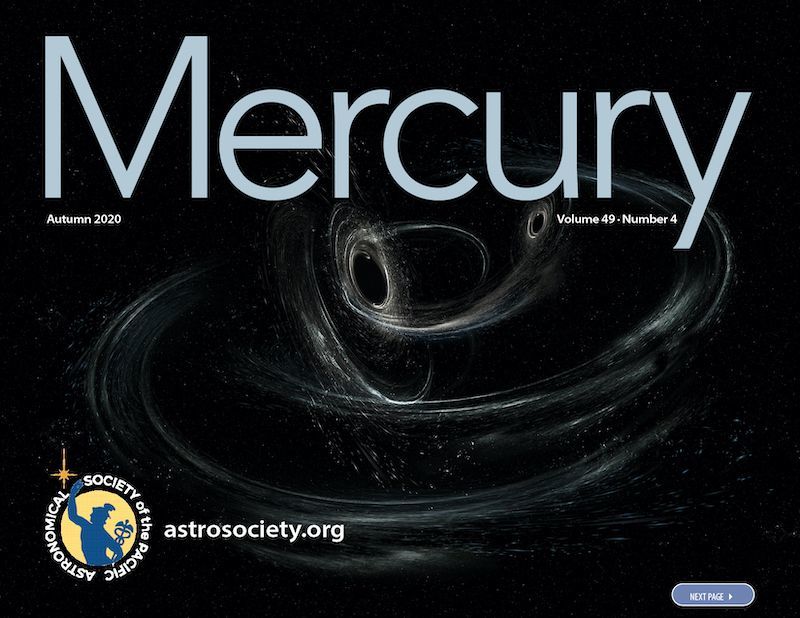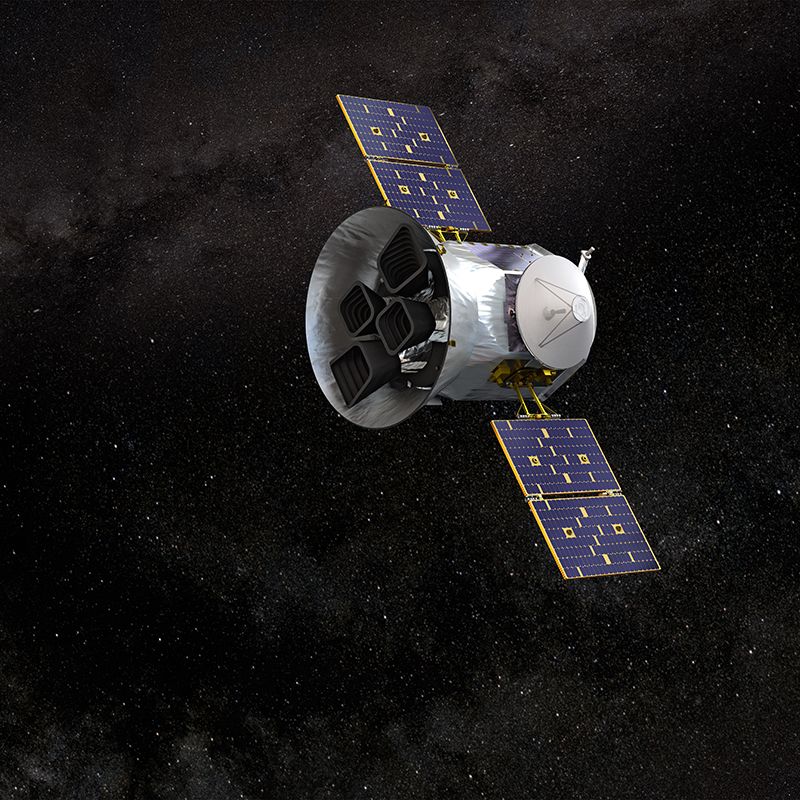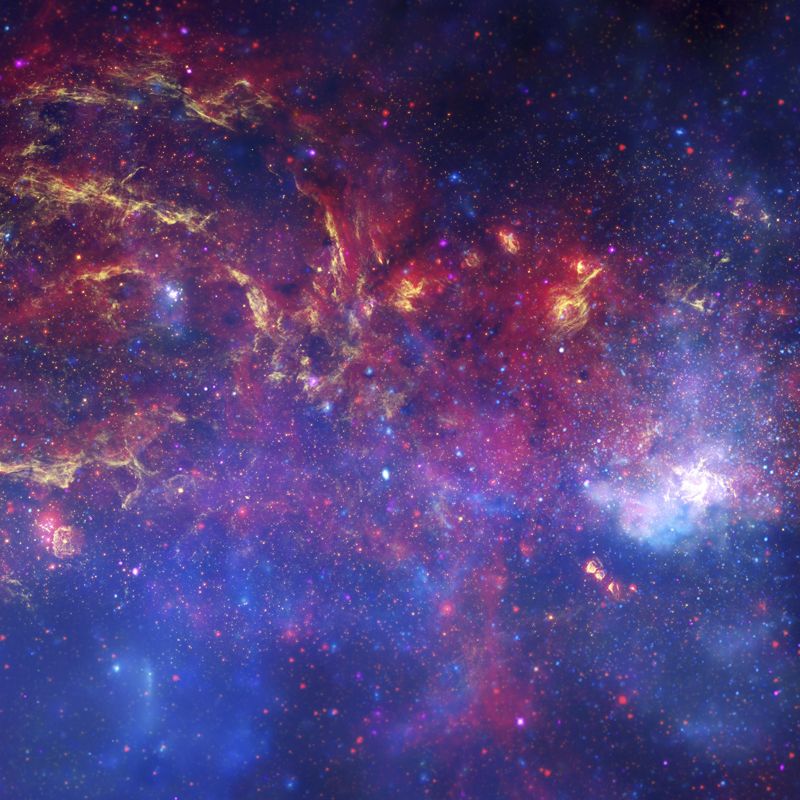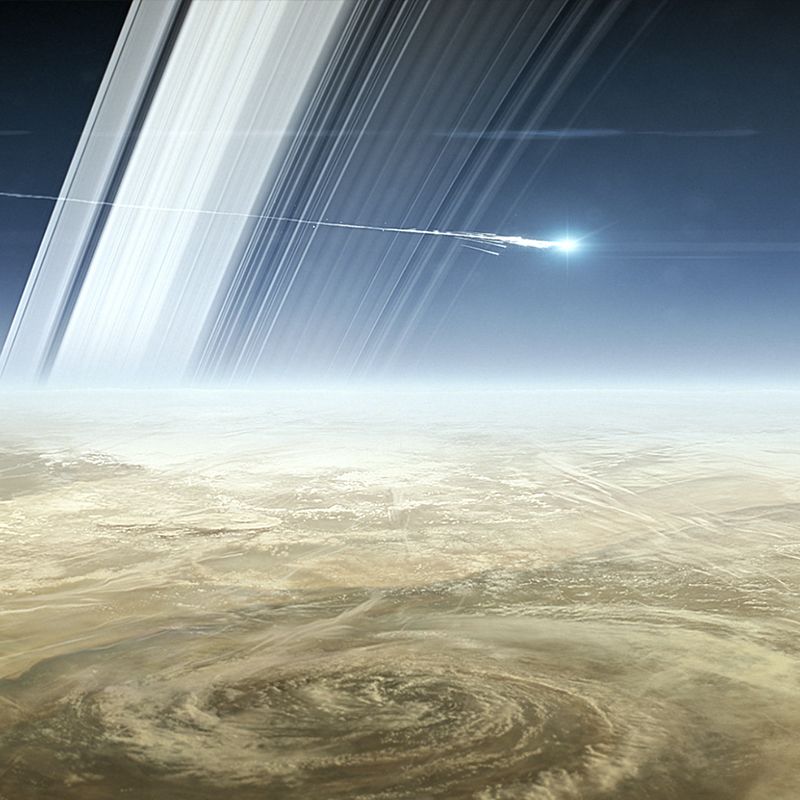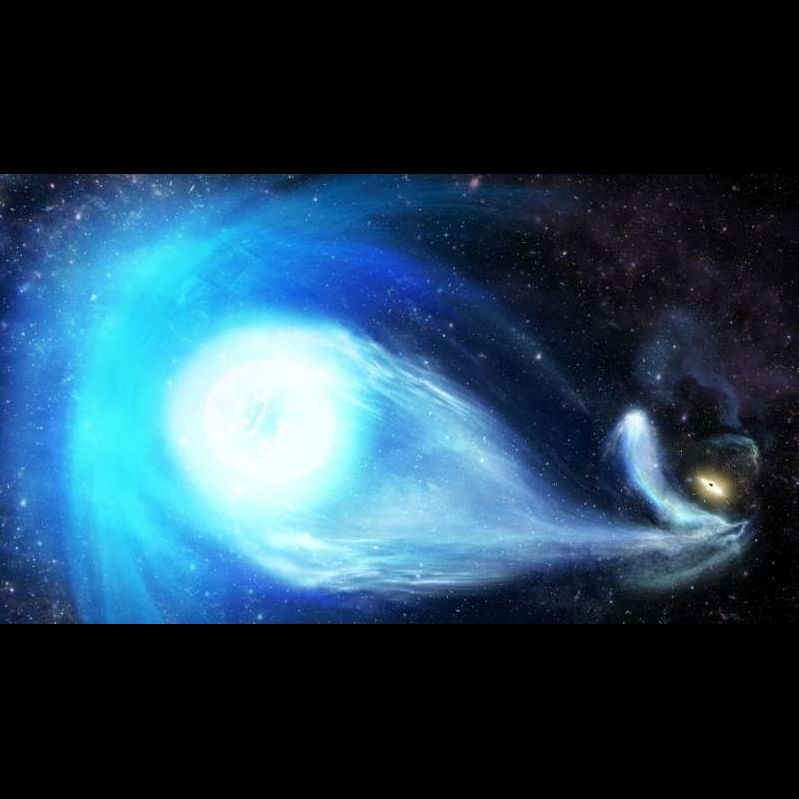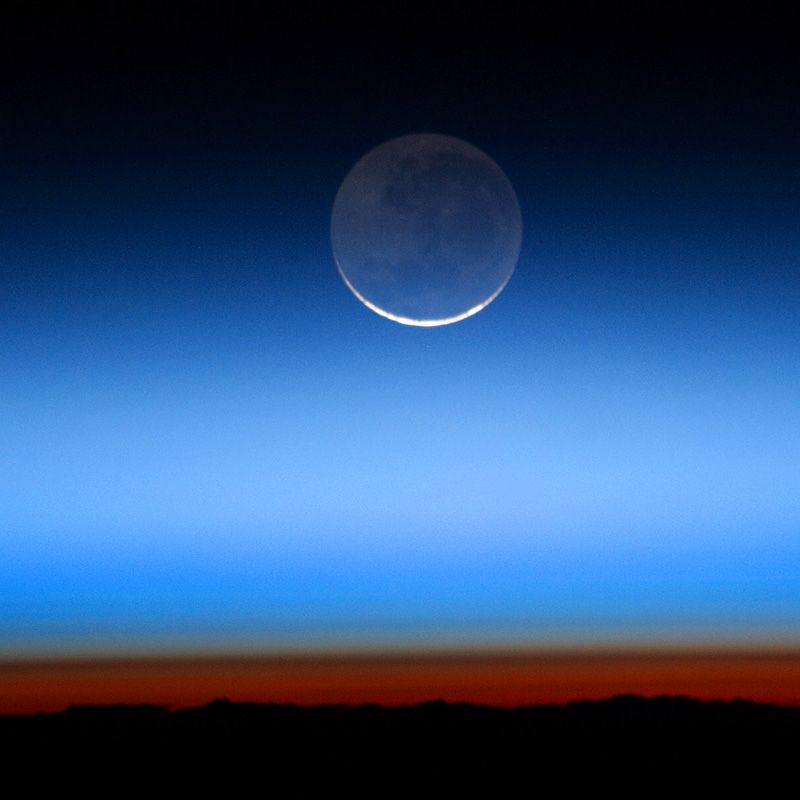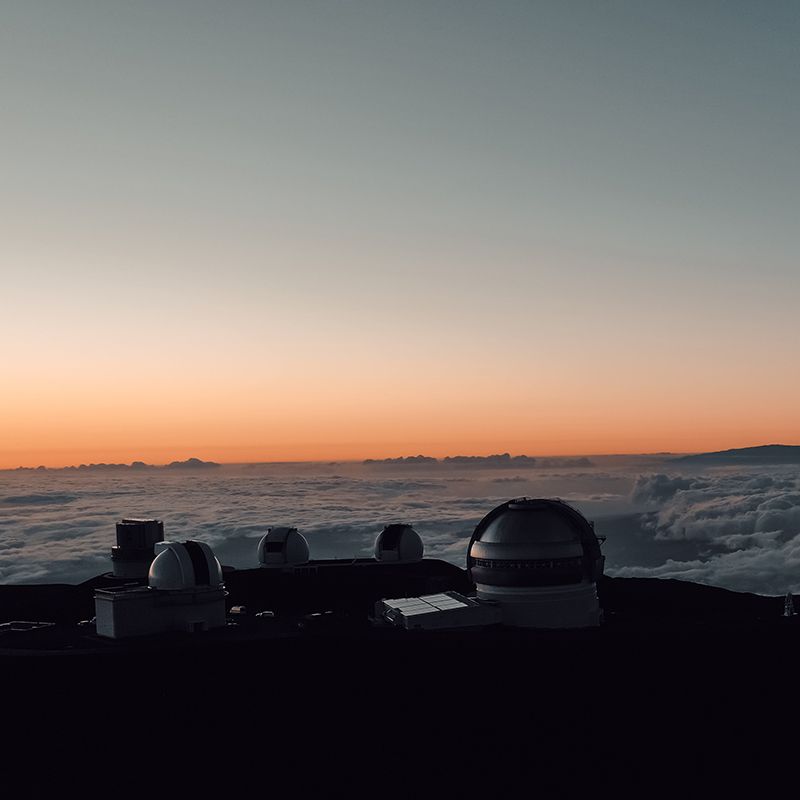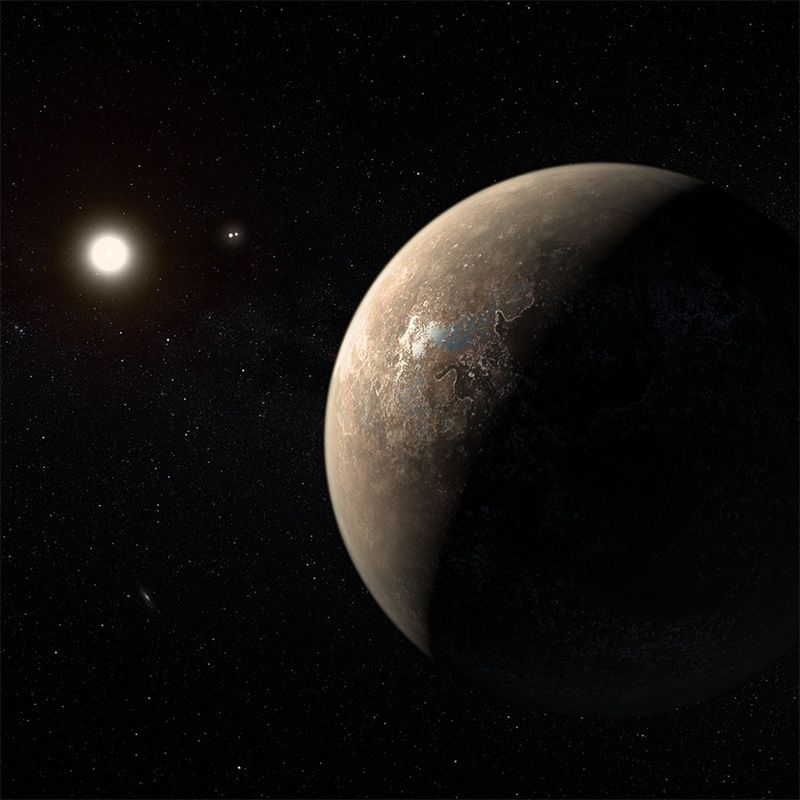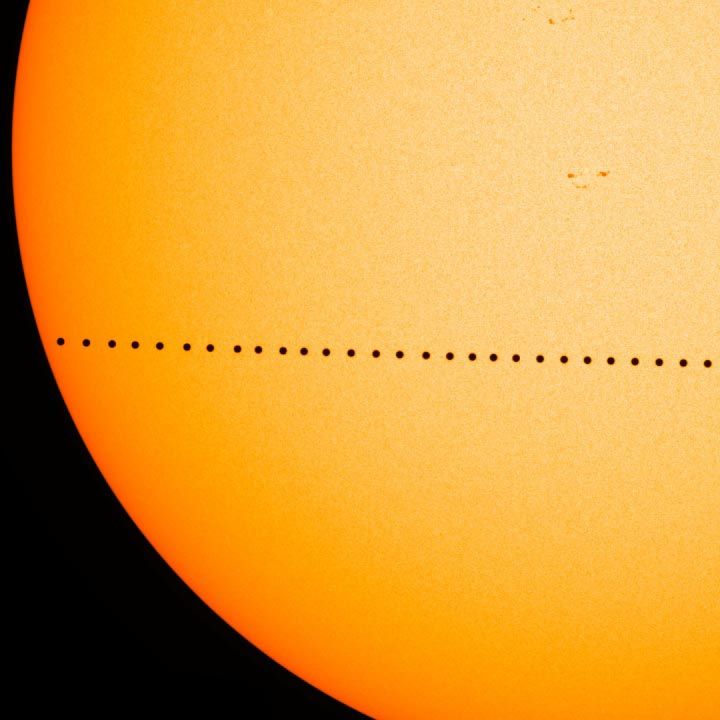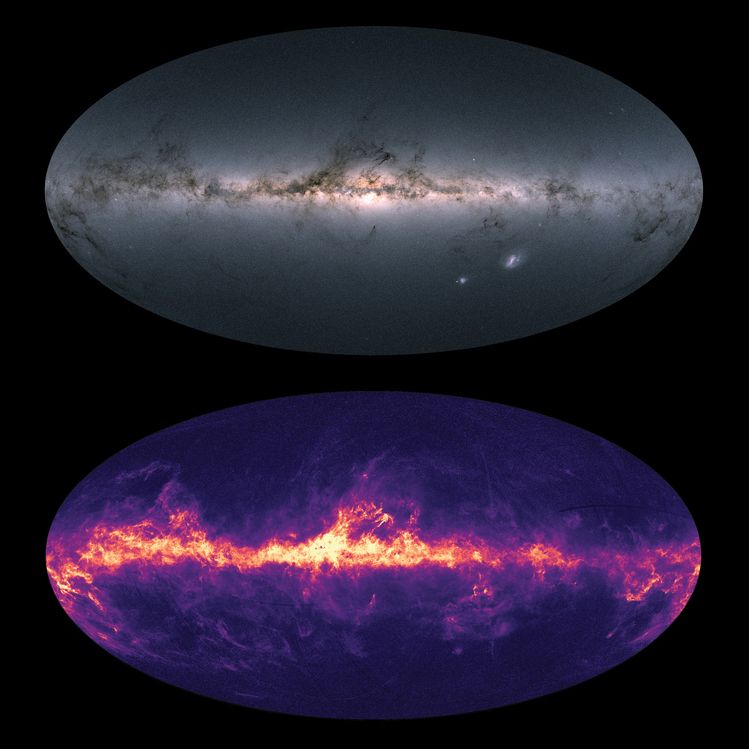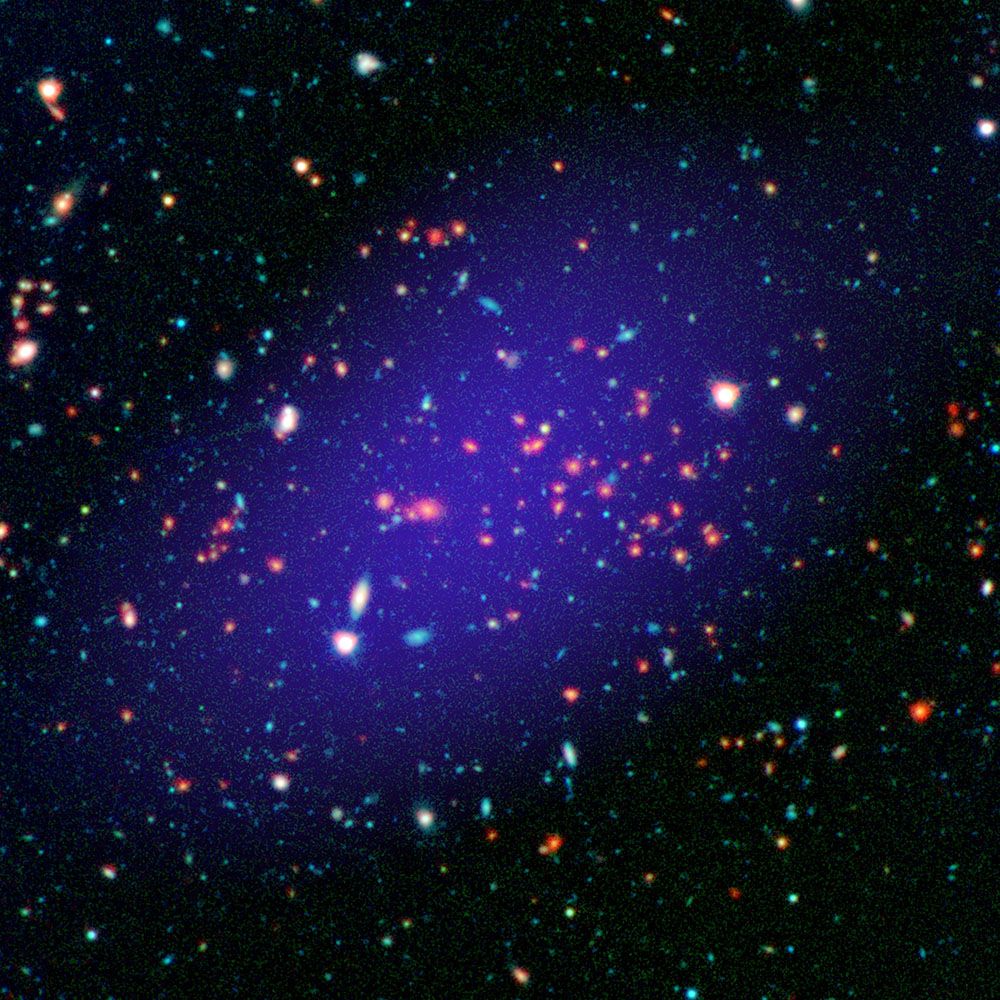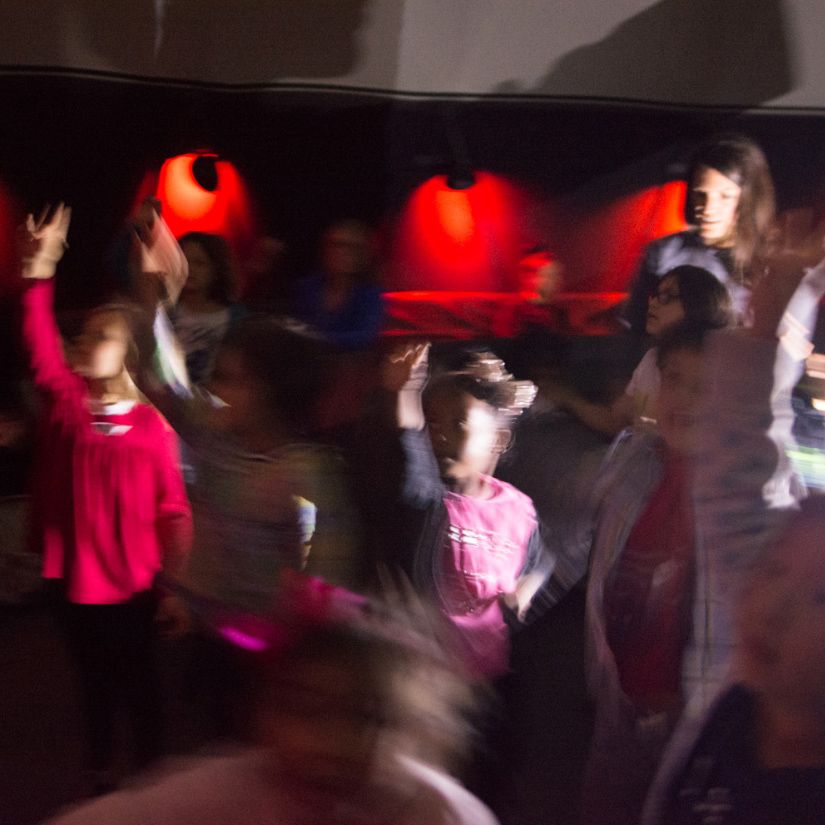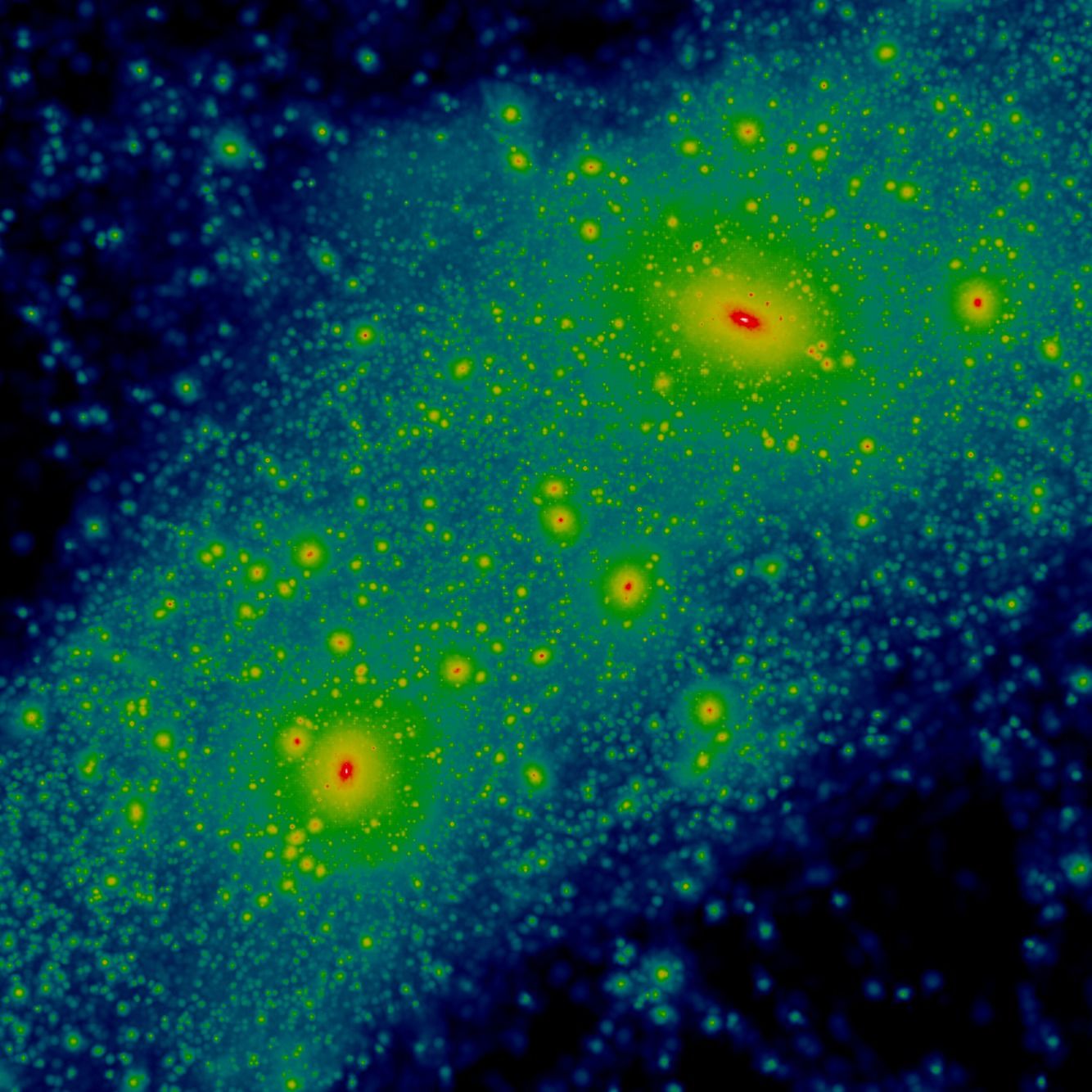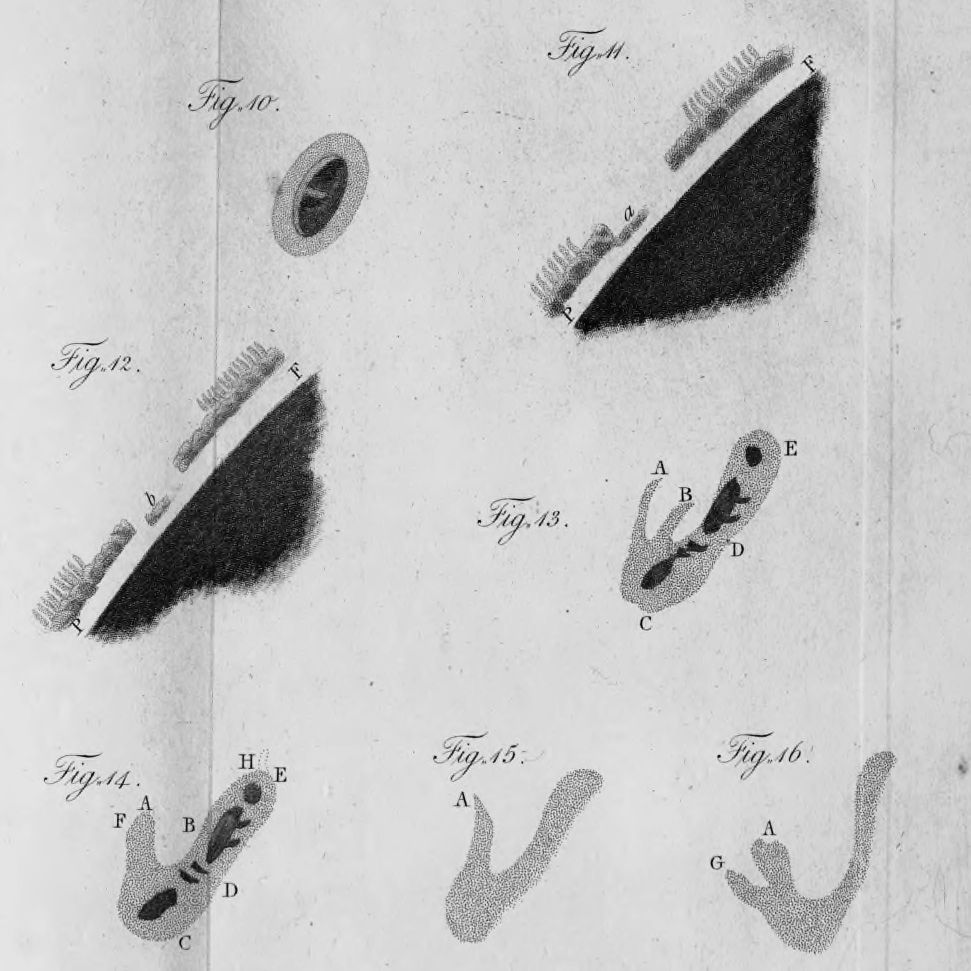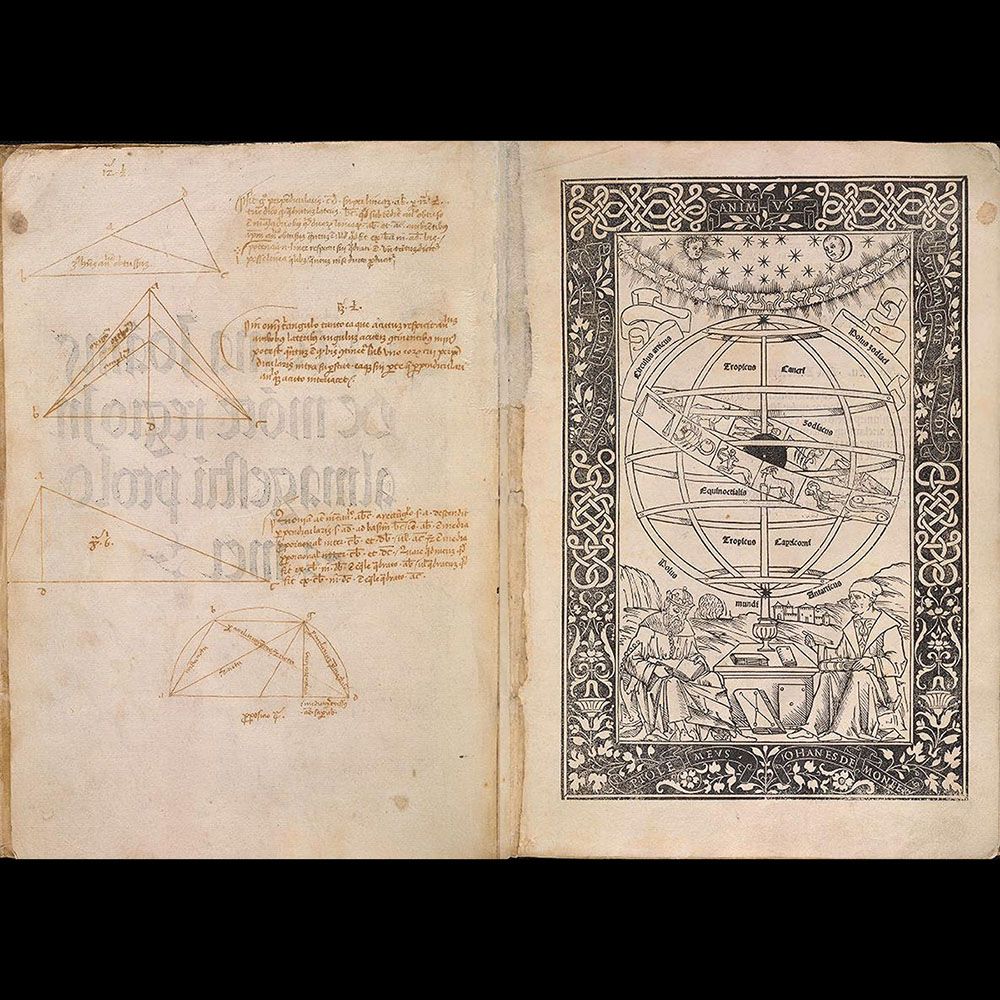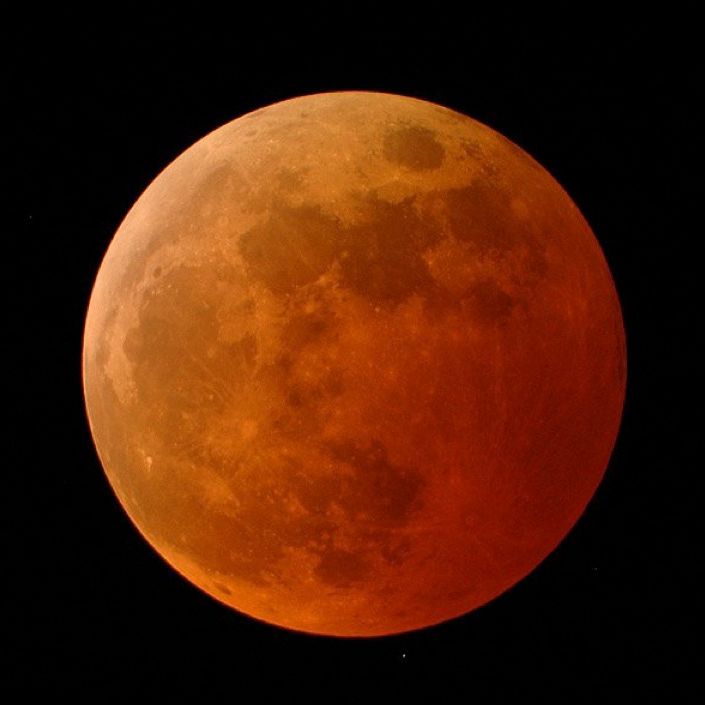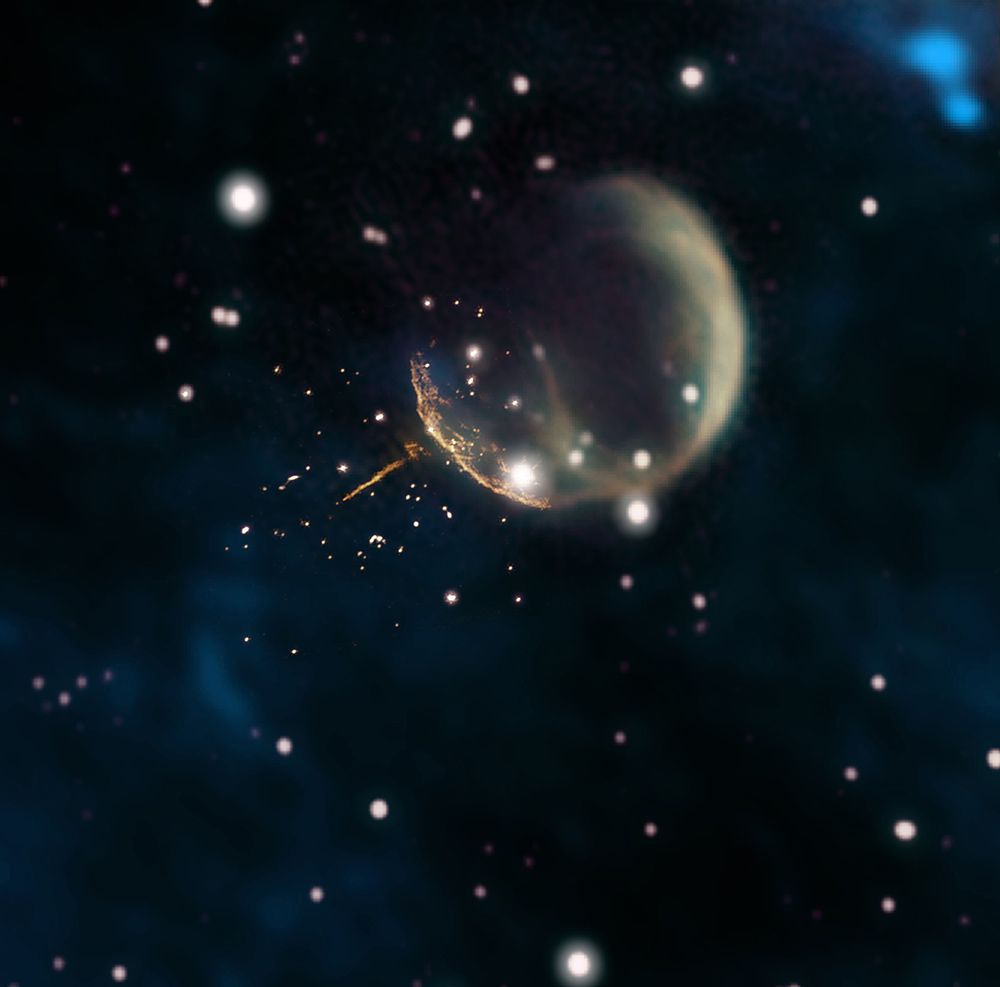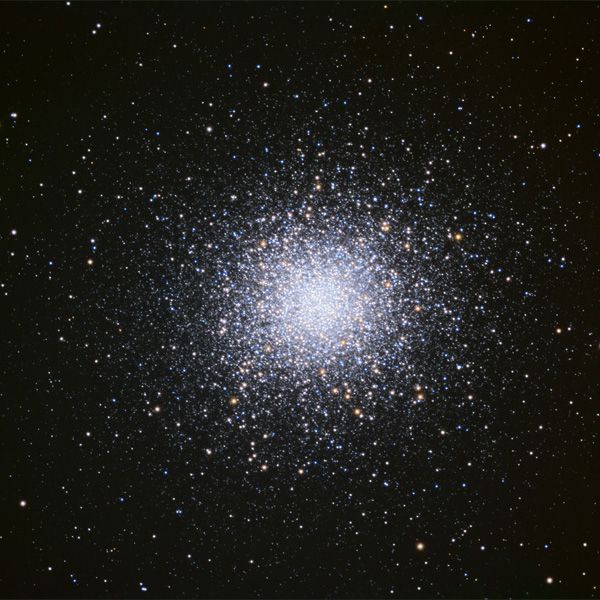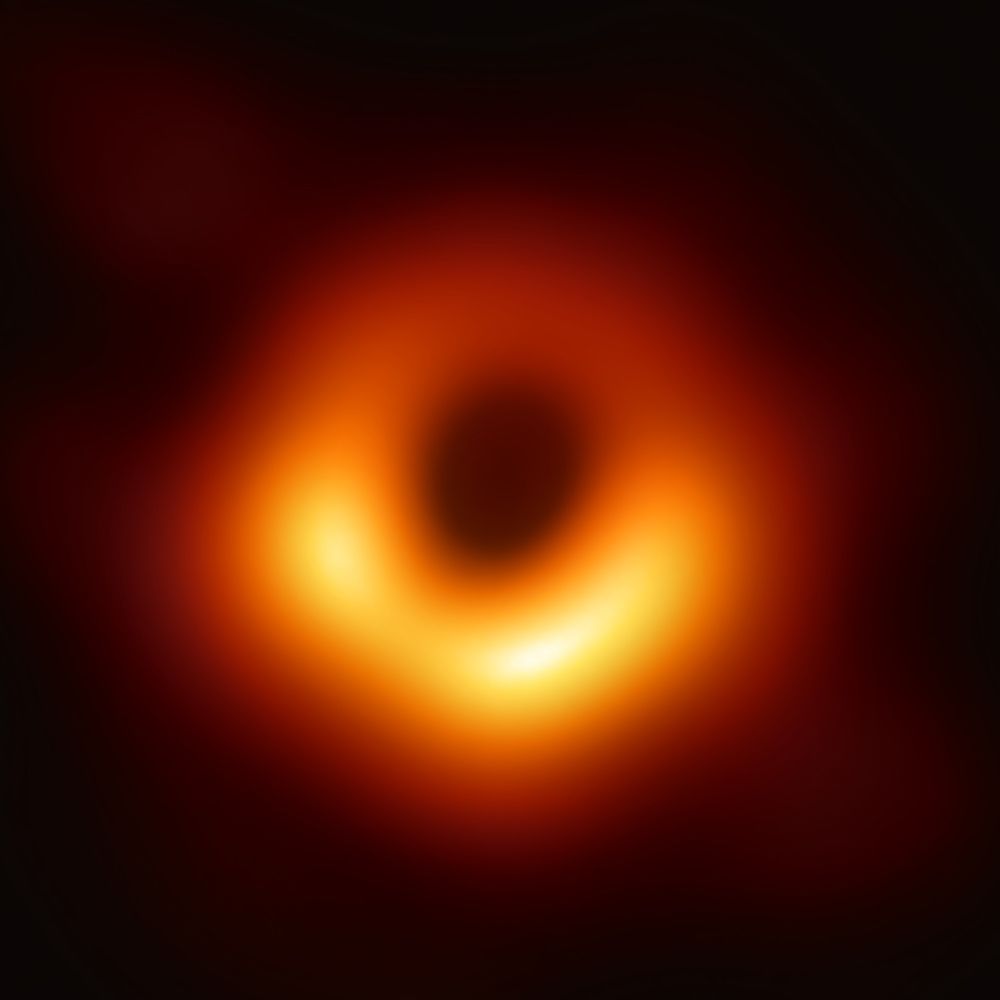Astronomy
How can we create student groups that merge naturally into a cohesive whole?
The Winter 2022 issue of Mercury (Vol. 51 no. 1) is available to members, and this issue features an overview of the James Webb Space Telescope mission, an introduction to CubeSats for science and education, prints from a historic astronomical artist, tips for improving classroom dynamics, and more!
In response to technologies that impede scientists' research and humans' enjoyment of the night sky, the International Astronomical Union (IAU) has established the Centre for the Protection of Dark and Quiet Skies from Satellite Constellation Interference.
This report “paves the pathway to exploring the cosmos.”
In this Medieval year, an emperor, a monk — and several ancient texts — hoped to understand solar eclipses.
A new study suggests Betelgeuse's "great dimming" was the result of an enormous dust cloud shrouding roughly one quarter of the star’s surface.
The Spring 2021 issue of Mercury (Vol. 50 no. 2) is available to members, and this issue features a new column, the story of black holes, a guide to the Kuiper Belt, astronomy's patron saint, the mysteries of our home galaxy, and more!
A dozen celestial locations in our Milky Way Galaxy boost particles to extreme energies, say astrophysicists.
You can contribute to astronomical science with your smartphone!
The Winter 2021 issue of Mercury (Vol. 50 no. 1) is available to members, and this celebratory issue features 50 years of human space exploration, NASA's Great Observatories program to understand the universe, historical solar eclipses, and more!
The TOI-178 system has a star slightly cooler than the Sun and six exoplanets, where five of them have resonant orbits.
The Autumn 2020 issue of Mercury (Vol. 49 no. 4) is available to members, featuring the first five years of gravitational-wave detections, future observatories designed to catch more of these ripples in space time, ancient Egyptian astronomy, and more!
The 1000-foot (305-meter) wide radio dish telescope at Arecibo Observatory in Puerto Rico will be dismantled and decommissioned.
The Summer 2020 issue of Mercury (Vol. 49 no. 3) is available to members, featuring discoveries from the Gaia spacecraft, news about the brightest Northern Hemisphere comet in decades, a poet's exploration of the Solar System, and more!
The medieval conjunction of Saturn and Jupiter was blamed for a plethora of events, including the greatest catastrophe to befall Europe.
NASA’s TESS spacecraft has completed its primary two-year mission and discovered 66 exoplanets and another 2,000 candidates.
Learn about Edwin Hubble, the namesake of the workhorse space telescope.
Astronomy has been abuzz with observations of a unaided-eye comet in the early morning hours. Comet C/2020 F3 NEOWISE is the brightest comet that’s shown up in the skies in years.
The Spring 2020 issue of Mercury (Vol. 49 no. 2) is available to members, featuring the people behind the Hubble Space Telescope, how Hubble data has changed astronomy, how teachers are responding to COVID-19, and more.
I’m thrilled to be the new Editor of both Mercury (the magazine) and Mercury Online (the blog companion).
Anthropomorphizing robotic space missions via social media can help students better connect with their understanding of the solar system.
Light pollution and satellite constellations not only jeopardize the future of astronomy.
The Winter 2020 issue (vol. 49 no. 1) of Mercury magazine is online for ASP members, featuring a goodbye to Spitzer, kicking off a busy decade for Mars, and paying tribute to Katherine Johnson.
Two interstellar travelers have visited the solar system in as many years—how many more are out there?
Astronomers have discovered that our galaxy’s supermassive black hole is a track and field superstar.
You’ll never watch “Finding Nemo” in the same way again.
When thoughtful scientific examination sets the historic record straight.
Earthshine: A tool to study Earth’s albedo and (possibly) permanently shadowed lunar features.
From the classroom to the summit of Maunakea, the appreciation of different perspectives can bridge cultural divides.
During a recent trip to Hawai’i, I spoke with Keck Observatory’s chief scientist to find out how the Thirty Meter Telescope dispute has affected operations.
As protests continue to stall construction of the Thirty Meter Telescope on Hawaii’s Maunakea, where do we go from here?
The ASP is committed to promoting inclusion in astronomy, so this is an opportunity for the Society to shine a light on the growing Thirty Meter Telescope (TMT) controversy.
NASA's Chandra X-ray Observatory reveals the relativistic engine driving the quadruple apparition.
A search in X-rays suggests life might be possible around two of our three neighboring stars.
Observations of this relatively rare phenomenon offers both scientific and educational opportunities.
Tasked with mapping the motions of stars in our galaxy, the European mission is doing so much more.
When humans age, environmental factors can play a huge role in our health—the same is apparently true for galaxies.
In cosmology, Buddha strikes again.
What do you call an orphaned moon with planetary ambitions?
To avoid the eighth-circle-of-hell tedium of grading, lean on your students’ collaborative creativity and have some fun.
Formal and informal learning have their pros and cons, but the ASP is at the intersection working to get the best out of both.
Another day, another "habitable" exoplanet discovery—and more headlines suggesting that aliens live there.
Feedback from active galactic nuclei may influence a galaxy’s ability to form stars.
Despite decades of searching for dark matter, we’ve come up empty handed. So, what is the alternative?
Galaxies live inside dark matter halo “houses”—but there seems to be a lot of empty homes out there.
Some galaxies are extremely massive, compact and filled with dust—how they became so extreme remains a mystery.
Before we had high-resolution observations of the Sun, explanations for sunspots ranged from the ridiculous to the sublime.
Computing celestial alignments may be routine today, but for medieval astronomers it was a major undertaking.
Lunar eclipses can help us understand meteoroid impacts and exoplanet atmospheres.
What’s careening through the galaxy at 2.5 million miles per hour and screaming with gamma-rays?
There are some strange similarities between ultra-faint dwarf galaxies and globular clusters—with dark matter anchoring both.
How the event helped a 14th Century astronomer reconnect with Ptolemy’s era.
After decades of wondering, the Event Horizon Telescope has revealed what a black hole really looks like. [Feature excerpt]

